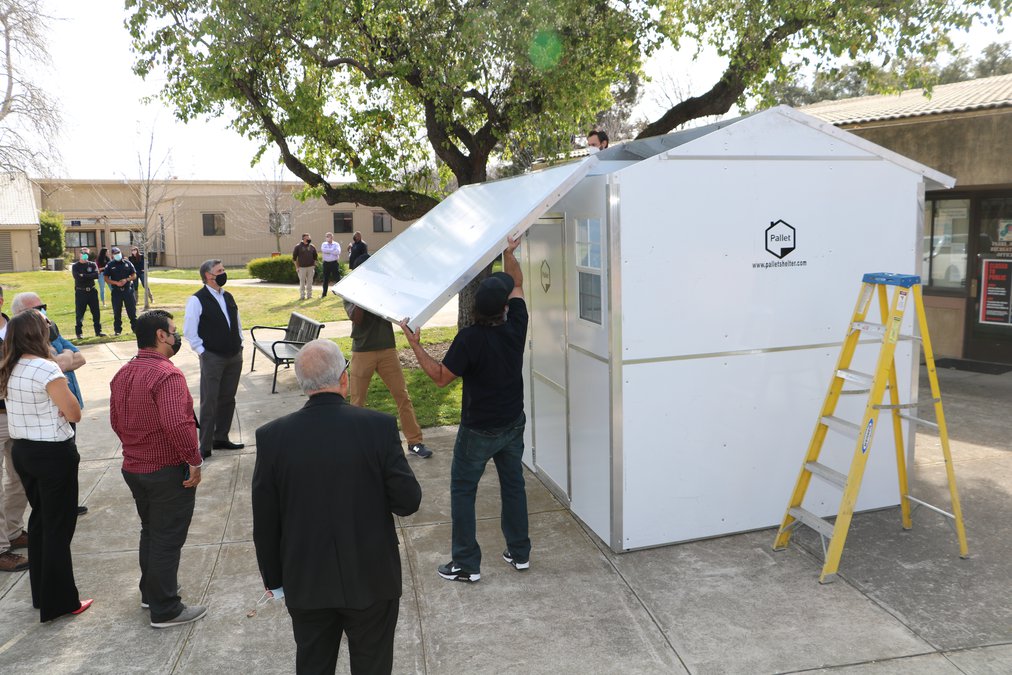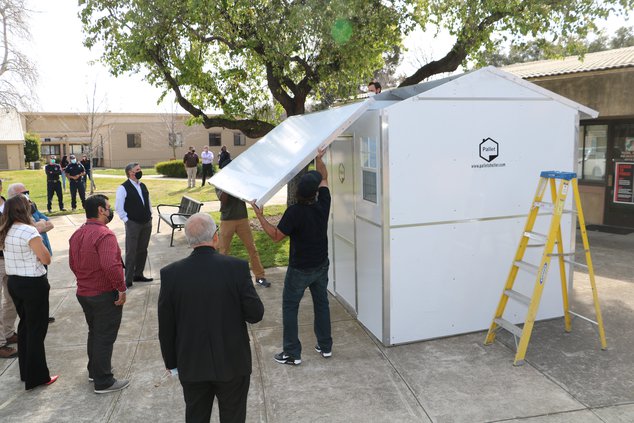Keith is one of Manteca’ 200 plus homeless individuals.
In an email — he texted last week at 2:35 a.m. from his phone inside a tent with a flap that wouldn’t zip closed after he had finished food he salvaged from a Dollar General store dumpster; he wondered why the $15 million the City of Manteca received from the state to address homeless concerns hasn’t been spent.
He contends the city could put the money to good use by giving each homeless individual “say $10,000 (so) we could all own tiny homes and have electric bikes.”
A quick — and certainly unscientific — survey of five homeless people over the weekend, ended up with three of them having some knowledge of the $15 million state grant but not a clear picture of how it will eventually be unitized.
One of the three shared sentiments that Keith had that the city should use the money to shelter the homeless now and provide other assistance such as an electric bike as was suggested.
The money isn’t for a shelter per se like the dorms that will be opening up soon at the city’s emergency center for the unhoused at 555 Industrial Park Drive.
The emergency center dorms will operate somewhat Ike a drop-in shelter although certain rules must be followed.
The $15 million grant isn’t to shelter the homeless per se.
While the homeless will be sheltered, they must be willing to utilize services that will be available to get off the streets.
They simply can’t come and go from the navigation center being pursued on the back portion of 8 acres the city has purchased at 682 South Main St.
There will be dorms, a kitchen and dining, a day room, bathrooms, showers and such in addition to space to conduct programs aimed at addressing issues that are keeping them from getting off the street.
The tentative plan is once they reach a certain point and ideally secure employment, they will be transitioned into tiny homes while they save to be able to support themselves with shelter and such even if it is in subsidized housing.
The city also will create low-income housing in an apartment complex facing South Main Street.
The holistic approach is what secured the $15 million grant — an unheard of amount to address homeless issues in a city of Manteca’s size.
To contact Dennis Wyatt, email dwyatt@mantecabulletin.com





